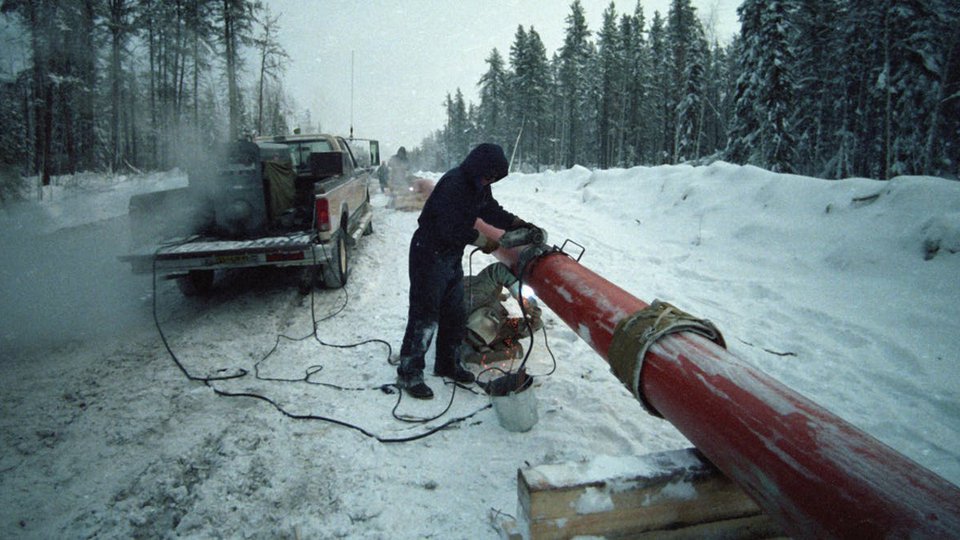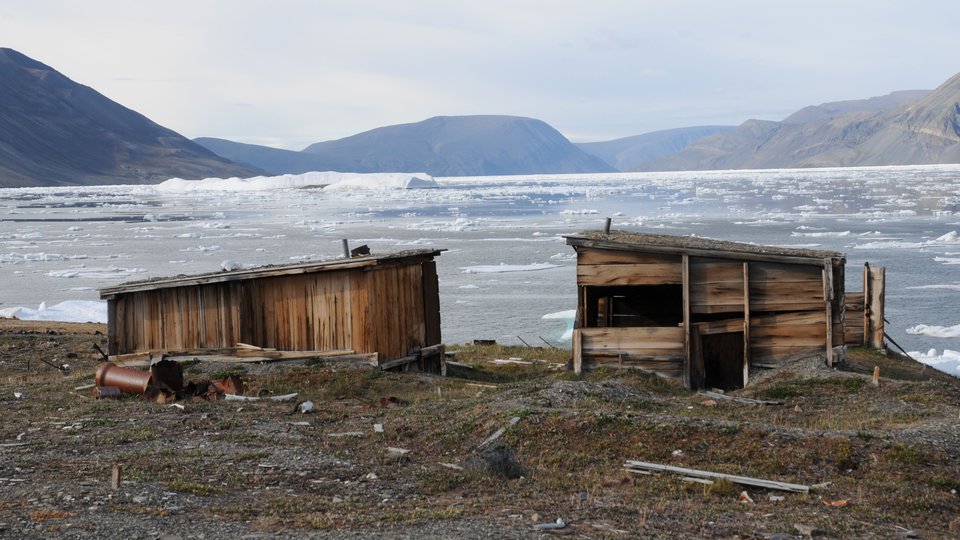
ommunicating your research with a general audience can be a daunting task. What’s interesting and obvious to you may be tedious and mystifying to others. Your first task then should be to identify what’s truly intriguing or important about your work. Once you’ve done that, the tips and links below will help you get started.
Keeping it Simple (but not stupid)
Writing simply does not mean you need to dumb down your work. The best writing communicates complex thoughts through simple sentences.
Writing in the New York Times, climate reporter Kendra Pierre-Louis had this to say when explaining how she approached a recent front page story on climate change:
“When it comes to laying out the science, the rule of thumb is to imagine that the reader is smart but uninformed. This means keeping jargon to a minimum. Try to define terms as soon as you use them. Also make sure to keep tying the science back to the central narrative.”
Ed Yong, a science journalist who writes for The Atlantic, has also written about the need to keep jargon to a minimum. He writes:
"General readers are more than capable of understanding complex concepts, if you explain them. Explain a word once and you can often get away with using it again (although it’s still worth questioning whether you need to)."
Kristen Delevich, a neuroscientist at UC Berkley, published this helpful blog after taking a science writing workshop with renowned journalist and author Carl Zimmer. She relays many of his tips for aspiring science writers and also includes links to helpful resources.
George Orwell’s Guide to Writing
While George Orwell is perhaps best known for his novels 1984 and Animal Farm, his essays and journalism are great examples of effective non-fiction writing. Below are his six rules for good writing.
- Never use a metaphor, simile, or other figure of speech which you are used to seeing in print.
- Never use a long word where a short one will do.
- If it is possible to cut a word out, always cut it out.
- Never use the passive where you can use the active
- Never use a foreign phrase, a scientific word, or a jargon word if you can think of an everyday English equivalent.
- Break any of these rules sooner than say anything outright barbarous.
Writing for Arctic Focus
Here are a few examples of articles we’ve published on Arctic Focus that will help you write your own.
Hope and Mourning in the Anthropocene by Ashlee Cunsolo and Neville Ellis
This is a great example of how to turn your academic research into a feature article. The authors grab the reader’s attention with the first two sentences by letting them know what’s at stake and why. The rest of the article is jargon free and nicely structured.
The Arctic Recently Sent us a Powerful Message about Climate Change by Gail Whiteman, Jeremy Wilkinson and Jennifer Francis
A good example of an opinion piece. The authors do a nice job of summarizing complex science and letting the readers know why they should care.
Missing Link to Complex Life Found Deep in the Arctic Ocean by David Smith
This is a great example of how to write about a new scientific discovery. While topics like DNA, mitochondrion and the origin of all complex life on earth are fascinating, it wouldn’t be hard to quickly confuse and bore a reader. David understands that not everyone remembers their high school biology lessons and does a nice job of explaining the basics. He then goes on to explain the challenges of doing science and why this discovery is so significant.
Further Reading
For those wishing to spend a bit more time learning how to write well, Steven Pinker wrote a helpful book called The Sense of Style: The Thinking Person's Guide to Writing in the 21st Century. In it, Pinker says this about experts writing for a general audience:
“The better you know something, the less you remember about how hard it was to learn. The curse of knowledge is the single best explanation I know of why good people write bad prose.”
Another book worth reading, a classic in the genre, is The Elements of Style by E.B. White and William Strunk Jr. Here’s a helpful passage from that one:
“Vigorous writing is concise. A sentence should contain no unnecessary words, a paragraph no unnecessary sentences, for the same reason that a drawing should have no unnecessary lines and a machine no unnecessary parts. This requires not that the writer make all his sentences short, or that he avoid all detail and treat his subjects only in outline, but that he make every word tell.”
Happy writing!





